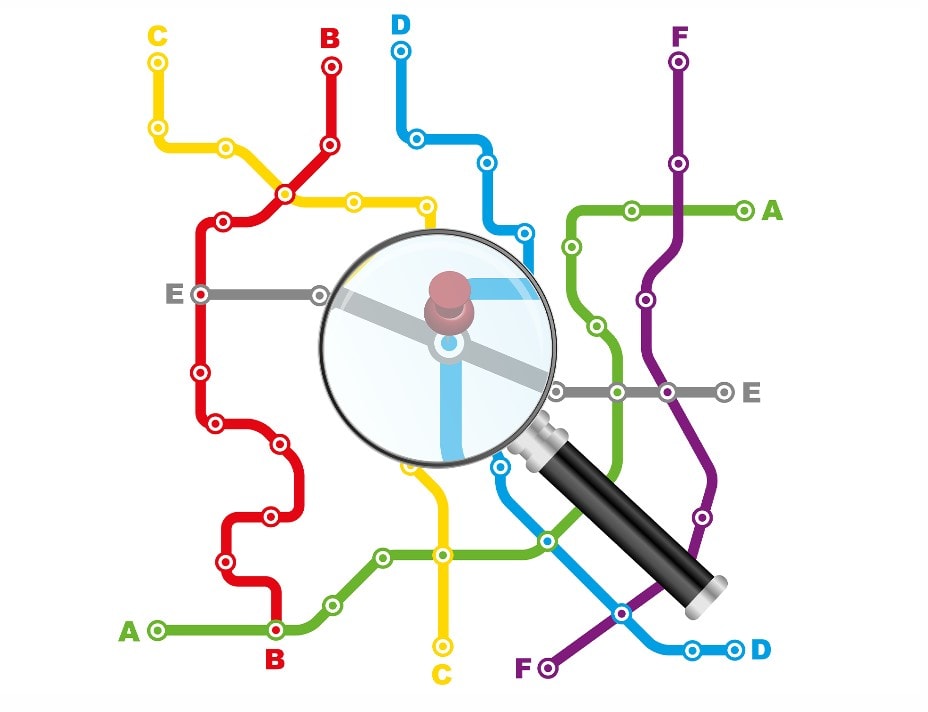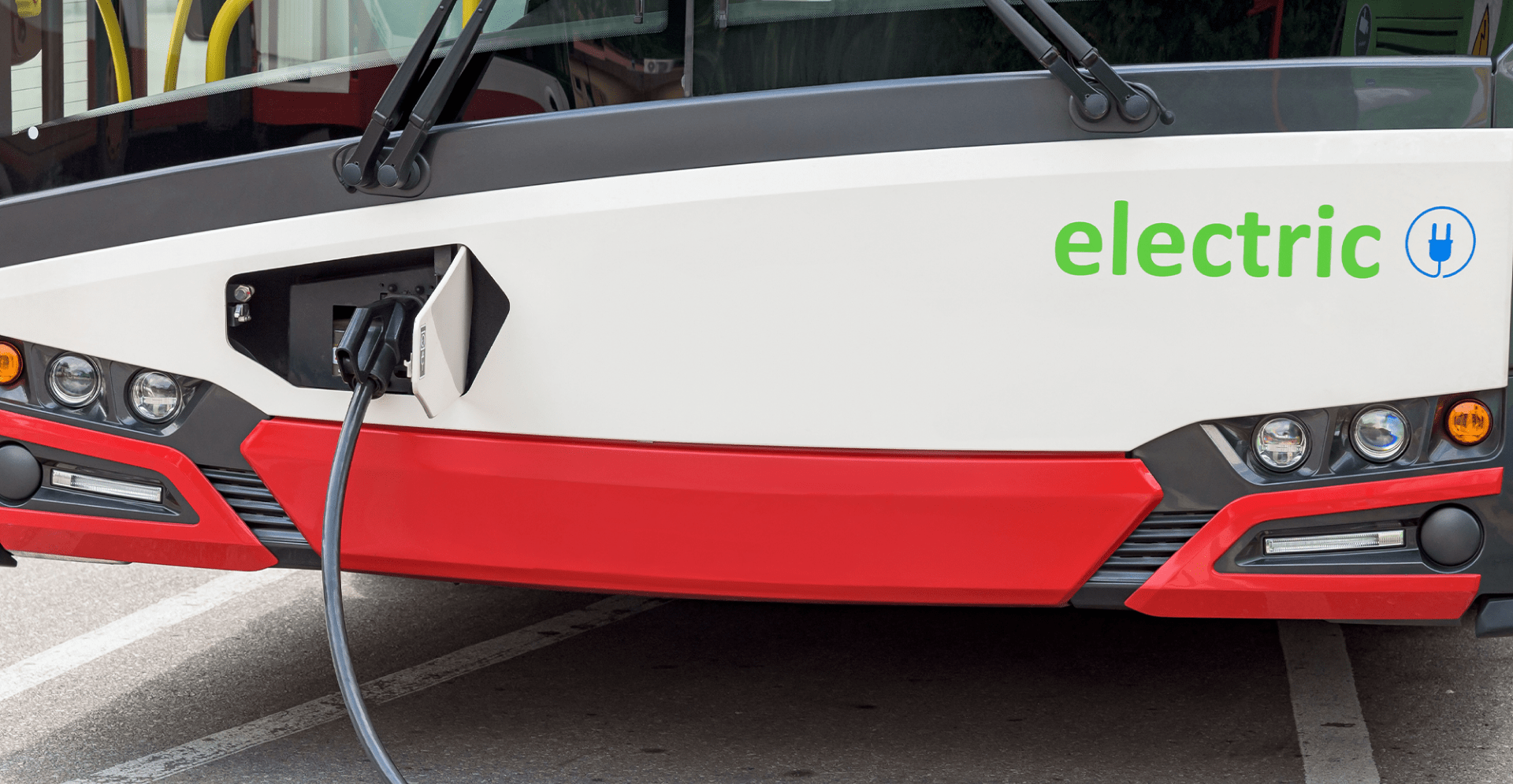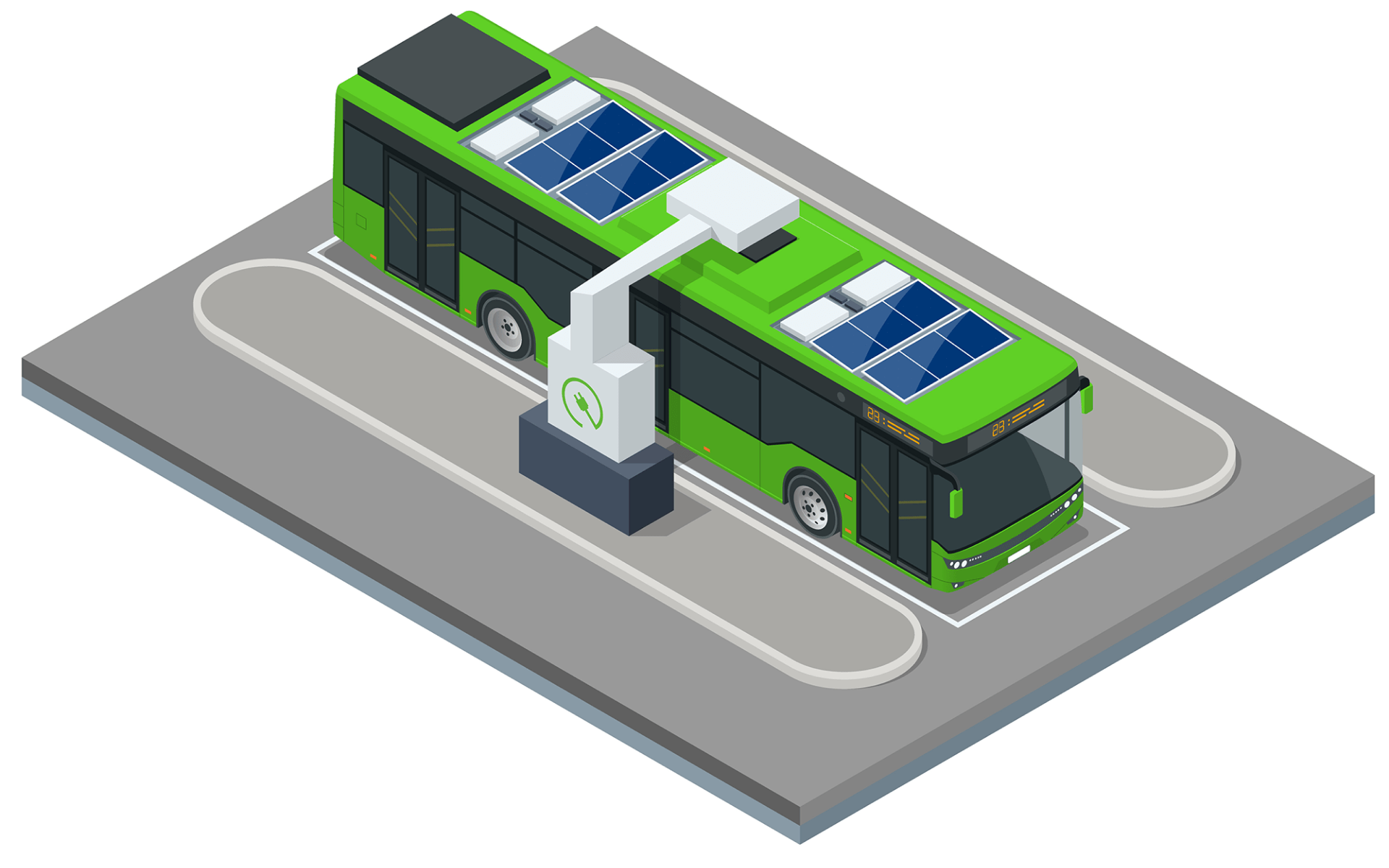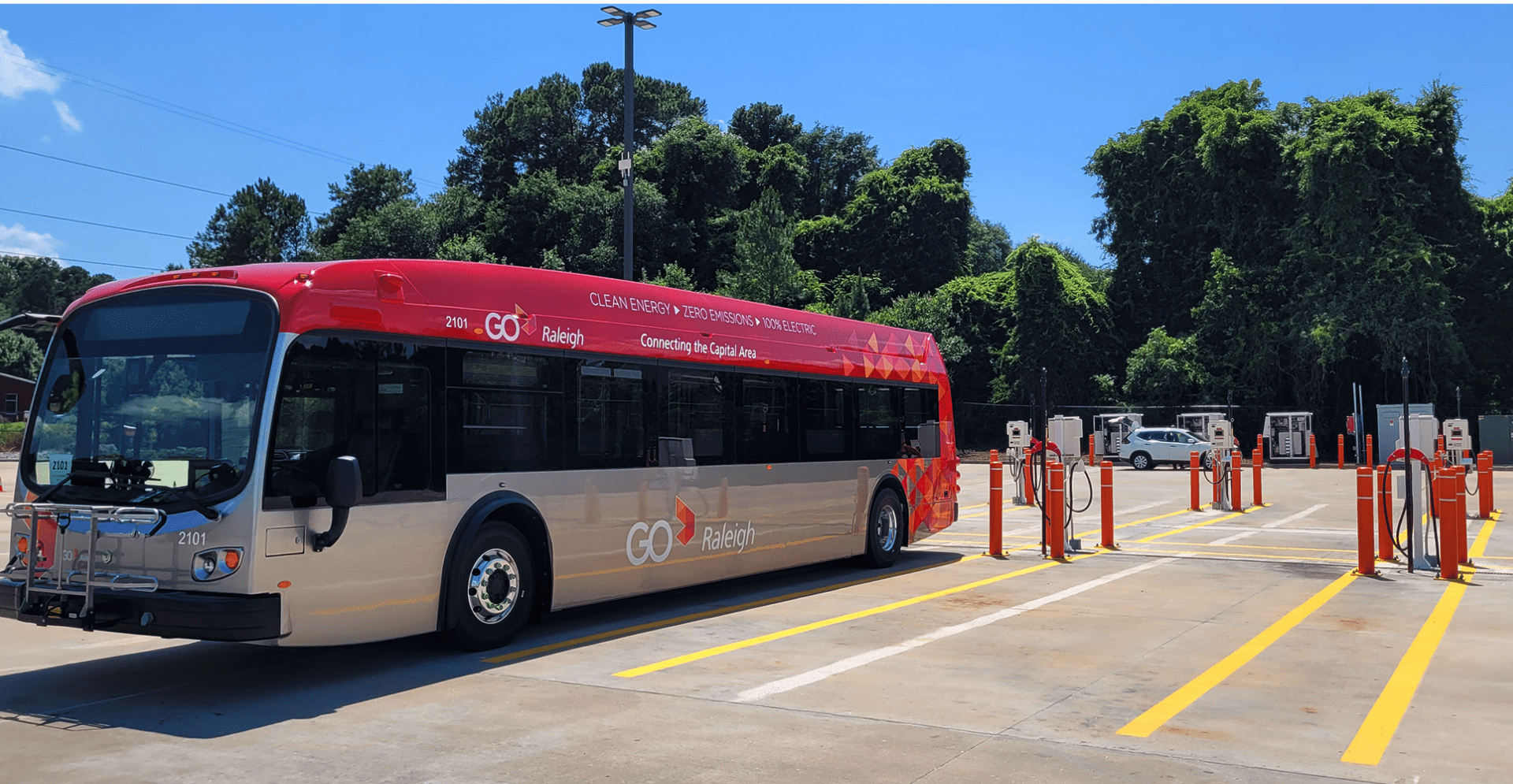Mass transit electrification offers a tangible, measurable means for governments to build a solid business case for adopting an ongoing commitment to reducing greenhouse gas emissions and contributing to bettering the health of the planet. Director, Sr. Practice Lead, Transit Technology, Doug Parker, reflects on the future of transit fleet electrification in North America, as public transit agencies transition to a zero-emission model.
In the final instalment of our transit electrification series, I would like to offer some thoughts on what the future may hold for transit fleet electrification in North America, as a growing number of public transit agencies work to transition to an environmentally sustainable, zero-emission model.
-
Read more
When thinking about where zero-emission transit is headed, keep in mind that vehicle electrification technology is continuously evolving and improving. So, every transit agency, no matter how far along in their fleet electrification journey, must still revisit and re-evaluate their plans every few years. The capital investment and operating costs that lay ahead will be heavily influenced by how electrification technology evolves during that time.
While there are no guarantees as to exactly how the technology will evolve over the next several years, there are enough indicators to give a good sense of the direction things are headed.
Bigger Battery Capacity

First, battery-electric bus (BEB) charge capacity is certain to continue to increase, meaning that buses and other electrified transit vehicles will be able to travel further on a single charge than they now do. As one example, California-based commercial electric bus manufacturer Proterra recently announced that in 2023 they will be building a 40-foot electric transit bus with an onboard battery capacity of 738 kilowatt-hours (kWh).
-
Read more
This continues the recent trend of major bus manufacturers announcing an increased battery capacity model almost every year. Proterra claims this will be achieved without increasing the vehicle weight to avoid increasing energy usage per km. If average energy usage were 1.5 kWh/km (and assuming 80% usable battery capacity), this would equate to a range of nearly 400 km. There may be an ultimate limit on practical bus battery capacity, but at this point, it is not clear when or at what point such a maximum might be reached.
More Power Please

Batteries with increased capacity will still need to be charged during the same amount of time available for charging, which will result in the need for a higher-powered charging infrastructure. For example, a 600-kWh battery today is often currently charged with a 150-kW charger. To charge an 800-kWh battery within the same duration would require a roughly 200-kW charger. In most cases, this would also require a corresponding increase in the grid connection power capacity and overall power usage.
Watching Their Weight

The electric buses of tomorrow will need to contain their weight even as their battery capacity increases. Many transit agencies already need to request municipal exemptions to the rules regulating the maximum axle weight of vehicles on local roads. By containing BEB weight, a fleet’s operations will benefit by avoiding a reduction in their buses kWh/km efficiency and be able to take advantage of a bus’s increased range capacity resulting from its higher battery power. Being able to travel further between overnight charges will allow transit agencies to reduce the number of en-route charging stations needed to support longer service blocks.
Charging Without Connecting

A current technological development very likely to gain increased use soon is wireless en-route charging. This development uses large in-ground charging pads to recharge a BEB while paused over it, without the need for a wired connection. A challenge to the broader uptake of wireless charging technology is a lack of standardization among equipment suppliers. For example, a bus equipped to charge with wireless charging technology from vendor A would not be able to charge with vendor B, and vice versa. As more transit agencies call for standardized solutions, this will likely change, allowing agencies to purchase charging stations from more than one vendor or potentially cost share them with other agencies whose BEBs pass through the same bus terminal. A similar evolution towards standardization was seen in the past for other types of chargers.
Other key developments in electric bus technology to watch out for in the next few years include:




Conclusion
While the technology required to operate and charge zero-emission electric transit buses continues to emerge and evolve, transitioning municipal bus fleets to a clean energy solution from diesel or other fossil fuels will offer major operational cost savings over the long run.

More importantly, mass transit electrification offers a tangible, measurable means for governments to build a solid business case for adopting an ongoing commitment to reducing greenhouse gas emissions and contributing to bettering the health of the planet.





